
Workers operate chip production at Dien Quang High-Tech One Member Co., Ltd. in Ho Chi Minh City High-Tech Park - Photo: QUANG DINH
This is not simply a change in administrative boundaries, but a strategic step to form a regionally competitive industrial and service center, promoting local and national economic growth in the new context.
After the merger, Ho Chi Minh City has a GRDP of more than VND2.5 quadrillion (equivalent to more than USD100 billion), accounting for nearly a quarter of the country's GDP. These figures not only show the economic strength of each locality before the merger, but more importantly, reflect the potential for synergy when the three "growth poles" are connected.
Identify bottlenecks that need to be removed
Therefore, if planned and operated properly, this "three-legged" structure will create a solid production - service chain, create new added value, expand development space to turn the city into a modern green industrial megacity in the region.
To increase synergy, increase the efficiency of public investment, reduce overlapping planning and synchronize infrastructure, administration and policies, the "three-legged stool" structure must fully exploit the existing advantages of the three previous localities.
At the same time, create a closely linked network, complementing each other when becoming a unified entity, clearly assigning functions to industrial space, removing bottlenecks between stages of the domestic value chain.
Before the merger, the city center (old Ho Chi Minh City) was overloaded with traffic infrastructure, lacking space to expand production, and planning scattered industrial zones.
Meanwhile, the northern area of the city (formerly Binh Duong province) is under great pressure on social infrastructure, heavily dependent on foreign investment, and has low added value due to its focus mainly on processing activities and labor-intensive industries such as textiles, footwear, and wood products.
According to previous assessments, although Ba Ria - Vung Tau is a center for seaport logistics, energy and tourism, it lacks connectivity with production activities in the province and neighboring provinces.
After the merger, the city's development space was expanded with clearly defined functional areas, reducing overlap, waste of resources and unnecessary competition.
As a result, resources are focused on improving infrastructure connectivity between functional areas and between stages in the value chain, diversifying production and service activities to bring new added value.
Connecting three functional areas to create a tripod
The north of the city (formerly Binh Duong province) will continue to be the industrial driving force with the orientation of becoming the city's production center, forming industry clusters - a close connection between manufacturing enterprises, training and research facilities in the fields of fashion, furniture, precision mechanics, and supporting industries.
Therefore, existing industrial parks need to innovate according to the circular economic model, save resources, reduce emissions, to become green, smart industrial parks.
The coastal area (formerly Ba Ria - Vung Tau province) is planned to become a center for seaport logistics, energy and tourism, directly connected and interconnected with northern industrial zones, facilitating the circulation of goods and connecting global value chains.
In particular, seaports need to strengthen connections with northern industrial zones thanks to an effectively operating logistics network, minimizing logistics costs for businesses, and at the same time reducing pressure on goods circulation in the central area.
The central area (formerly Ho Chi Minh City) will play the role of a center for commercial services, finance, innovation and coordination. Industrial zones here need to be converted into R&D, product design, technology transfer, closely connected with the production area in the north to form a complete domestic value chain.
To extend the value chain for traditional manufacturing industries such as textiles, footwear, food, wood products, etc., the city center must enhance support services for fashion, trade, and innovation at regional and world levels to turn the city into a regional fashion and culinary center.
Focus on developing transportation and aviation services
To become a regional and global industrial and service center, the city must develop its air transport infrastructure. Along with the rapid development of airport infrastructure and the rapid growth of the aviation market, the maintenance, repair and overhaul (MRO) market is expected to grow strongly in the next decade.
Vietnam’s MRO capacity is still in its early stages of development, meeting less than one-third of demand, so MRO services will be a promising service market in the future. The city needs to take advantage of this opportunity to develop the aviation value chain, including both manufacturing and service activities, to turn the city into an aviation hub for the country and the region.
It can be seen that Ho Chi Minh City's industrial space needs to be restructured to ensure connectivity based on value chains instead of old administrative boundaries.
Restructuring industrial space is the foundation for the city to transform from growth based on exploitation to growth based on innovation and value chain linkage. This is not only a question of planning, but also of leadership thinking and coordination capacity.
Source: https://tuoitre.vn/tai-cau-truc-khong-gian-cong-nghiep-tu-hop-nhat-ba-tinh-thanh-de-tp-hcm-thay-ao-moi-20250810110059434.htm



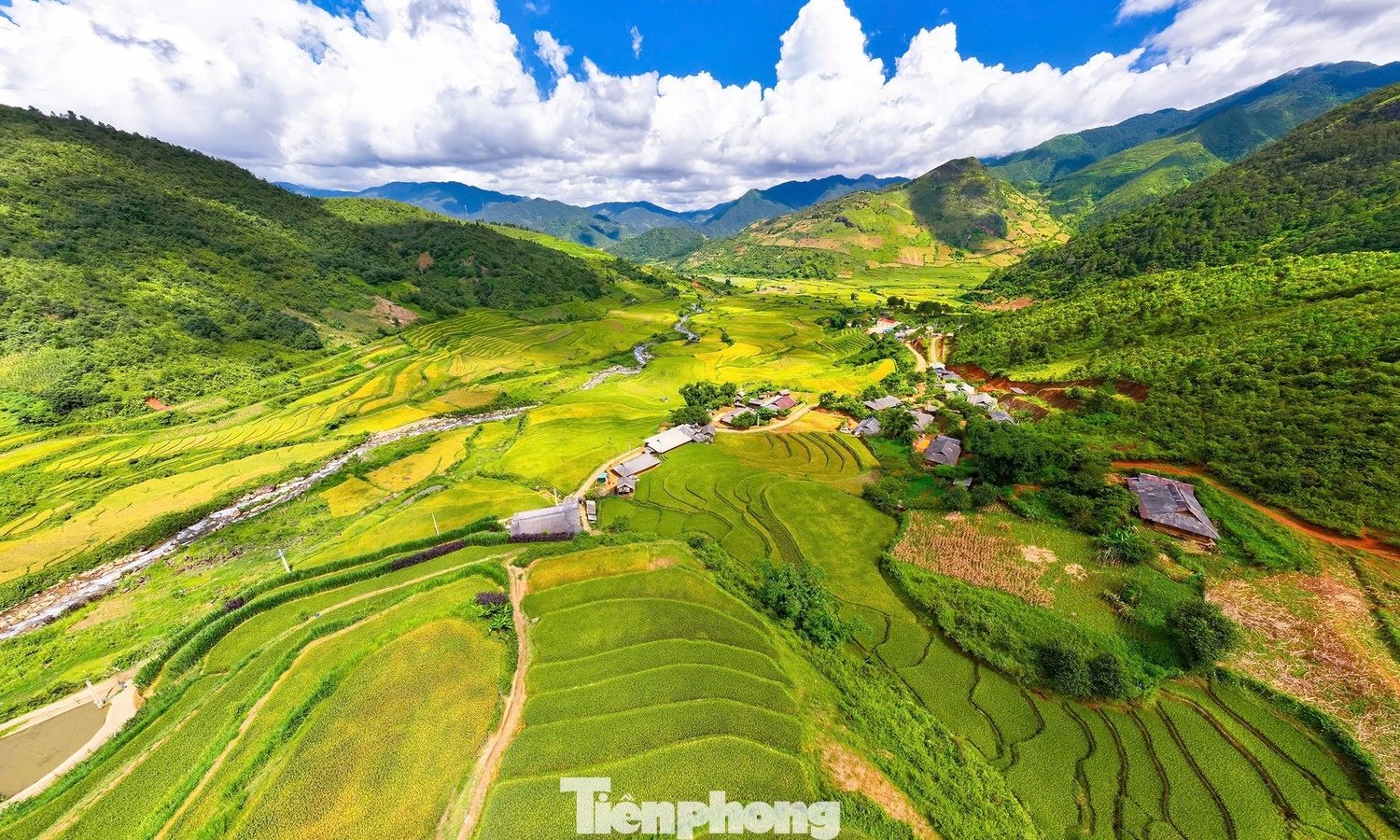

![[Photo] General Secretary To Lam attends the 80th Anniversary of the Cultural Sector's Traditional Day](https://vstatic.vietnam.vn/vietnam/resource/IMAGE/2025/8/23/7a88e6b58502490aa153adf8f0eec2b2)
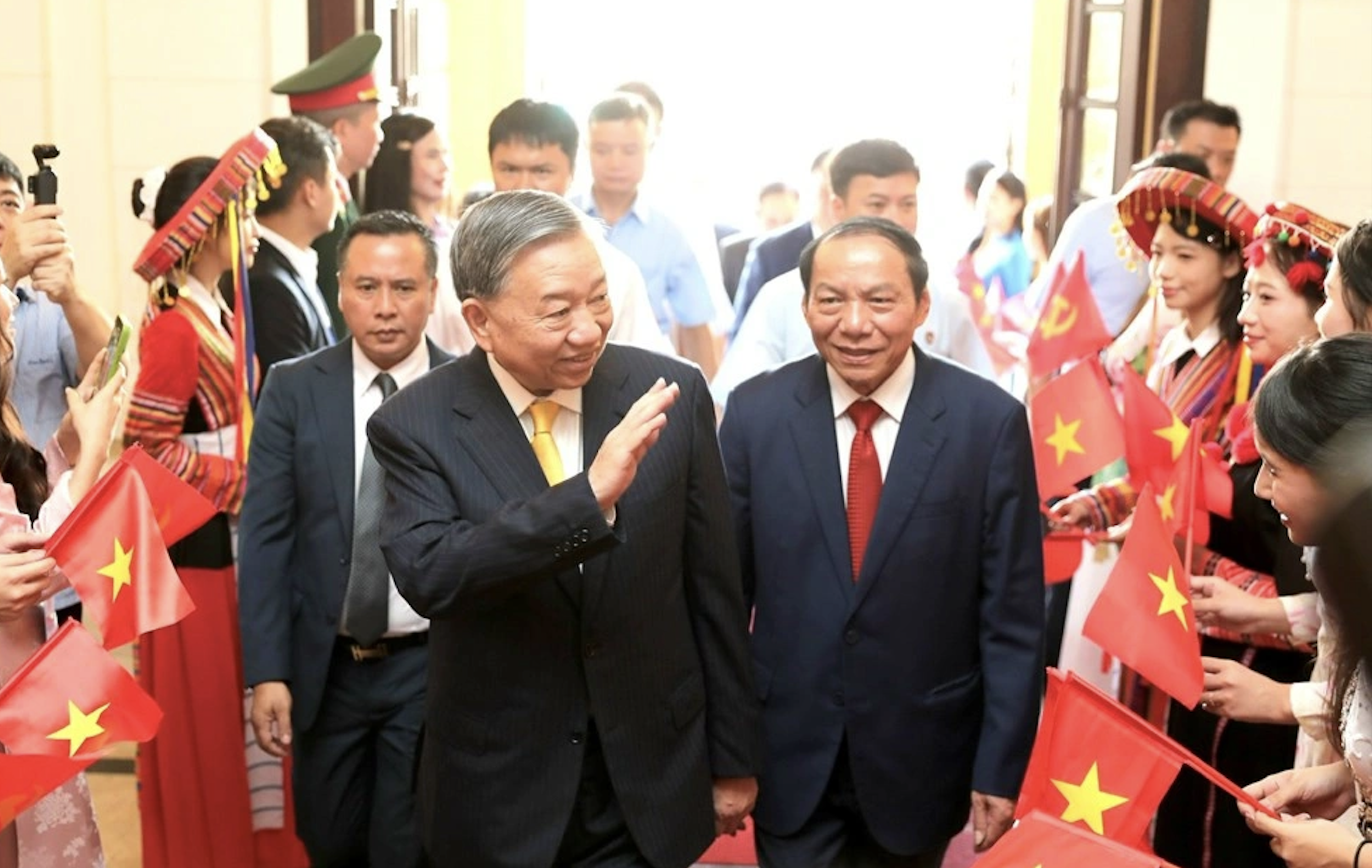

![[Photo] Prime Minister Pham Minh Chinh chairs the meeting of the Government Party Committee Standing Committee](https://vstatic.vietnam.vn/vietnam/resource/IMAGE/2025/8/23/8e94aa3d26424d1ab1528c3e4bbacc45)
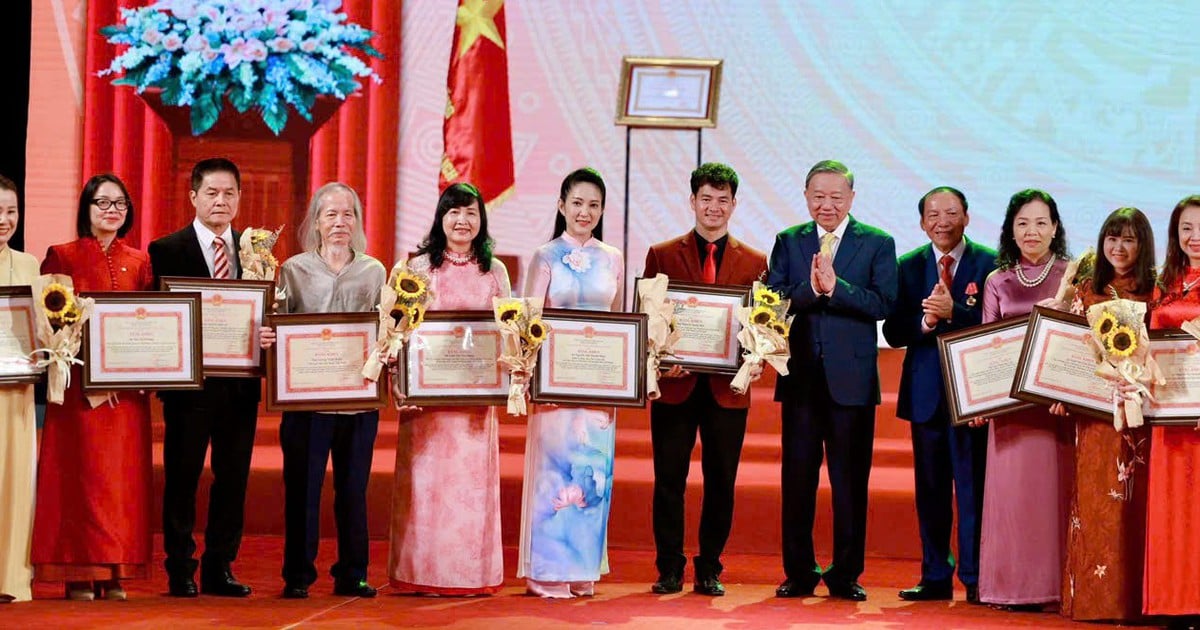





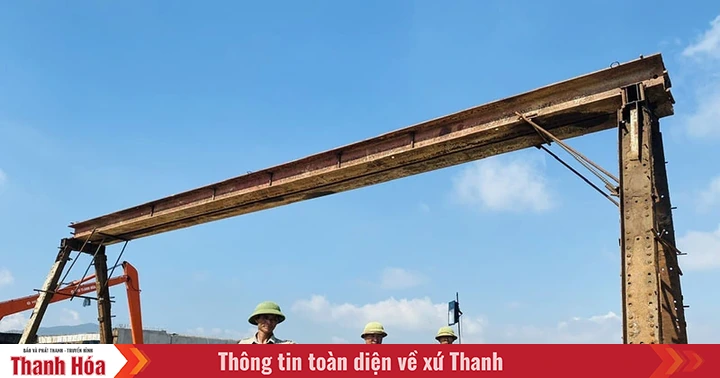




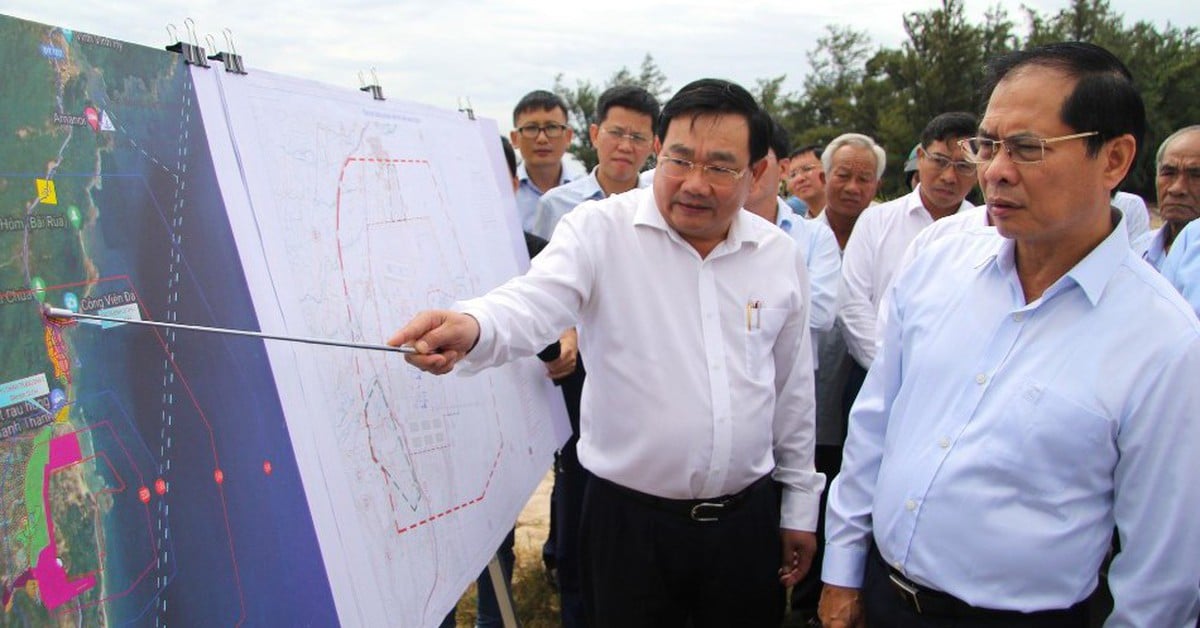





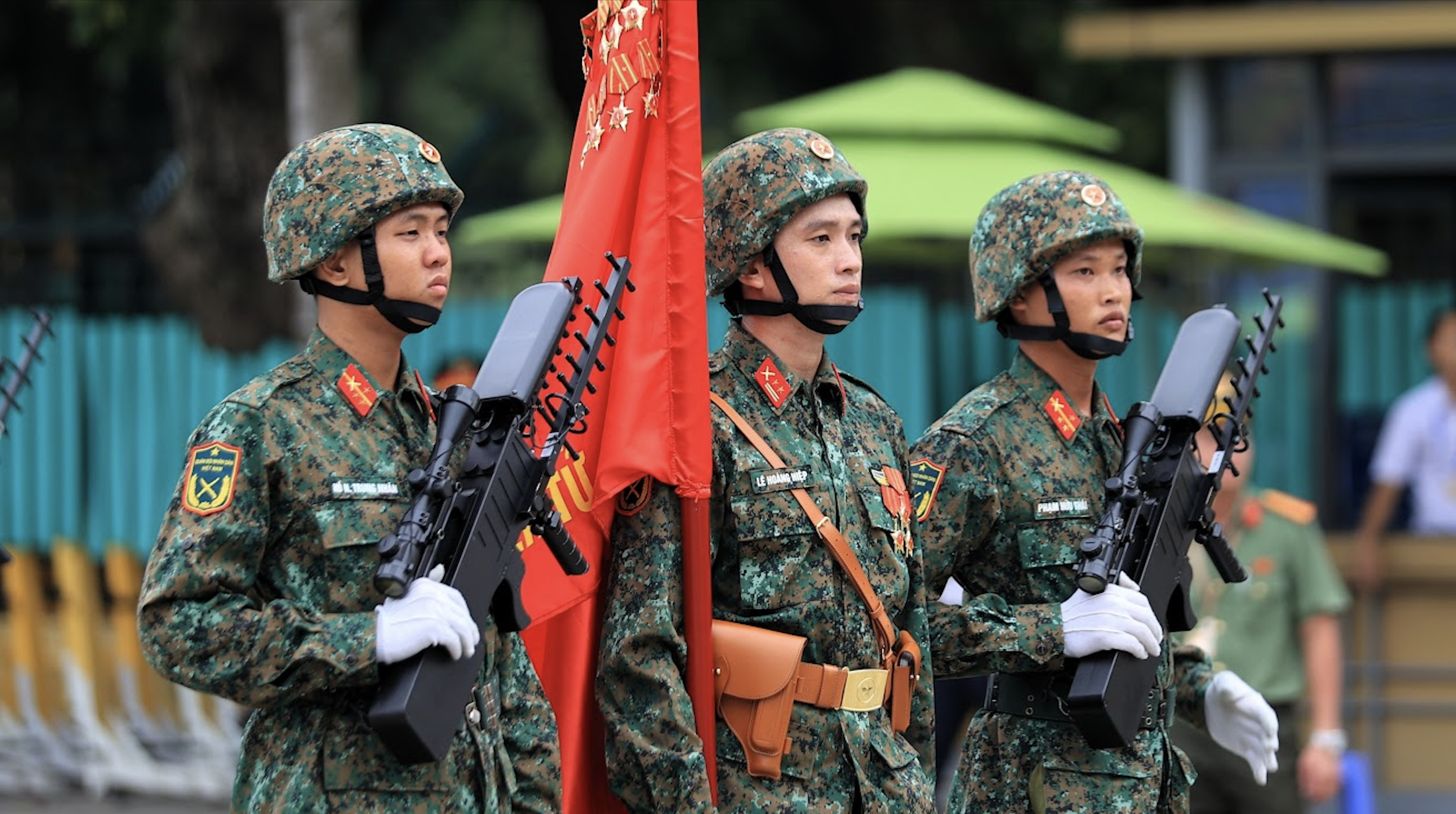











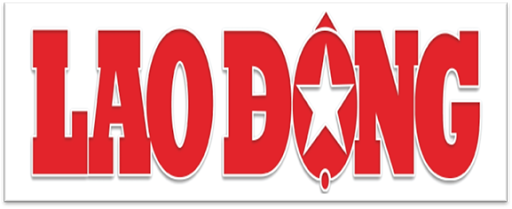
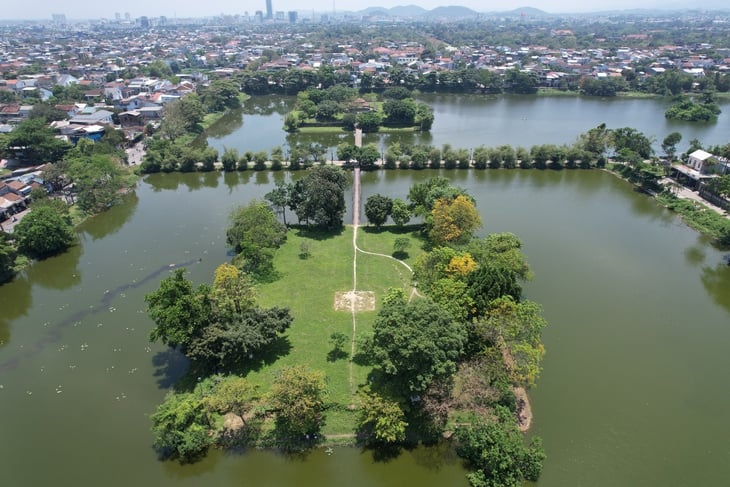
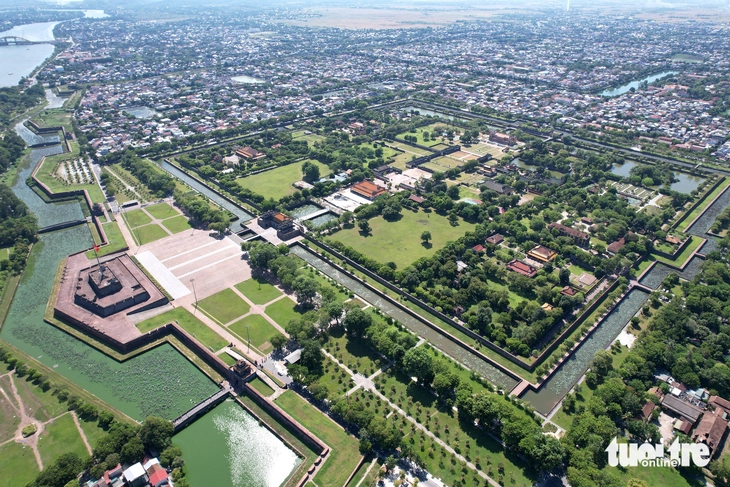


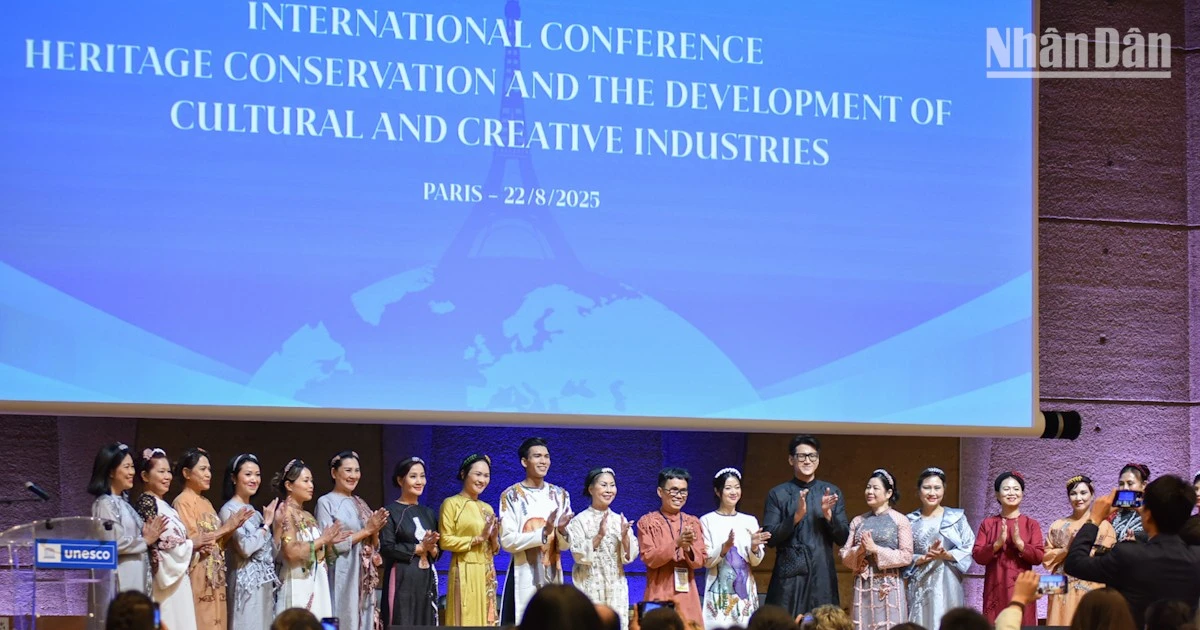
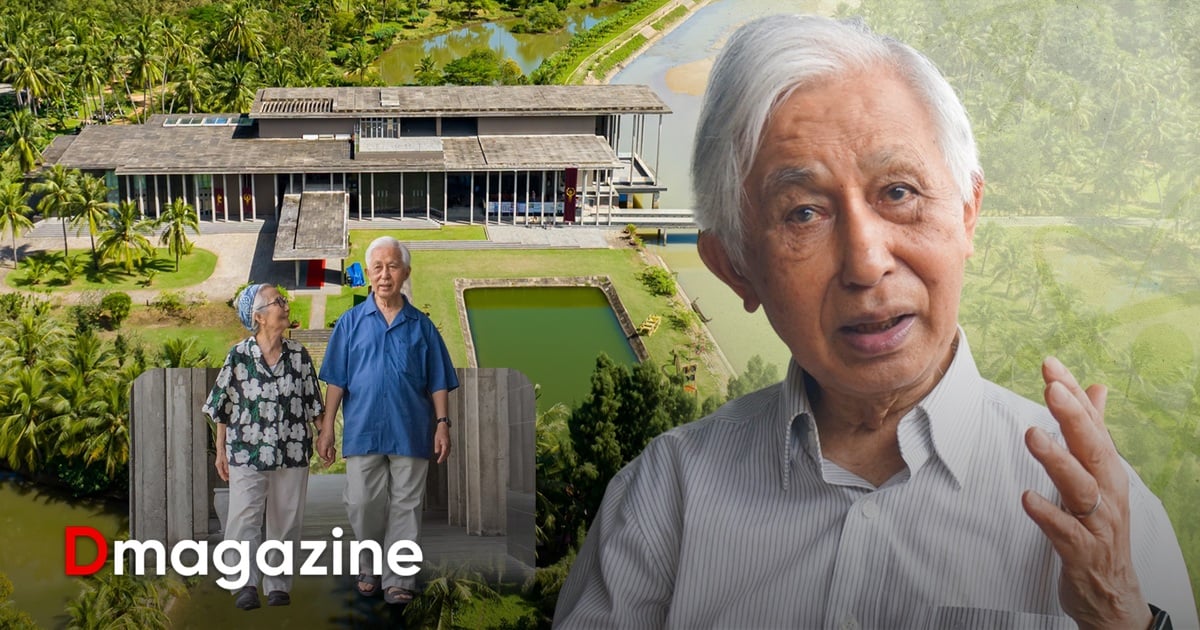



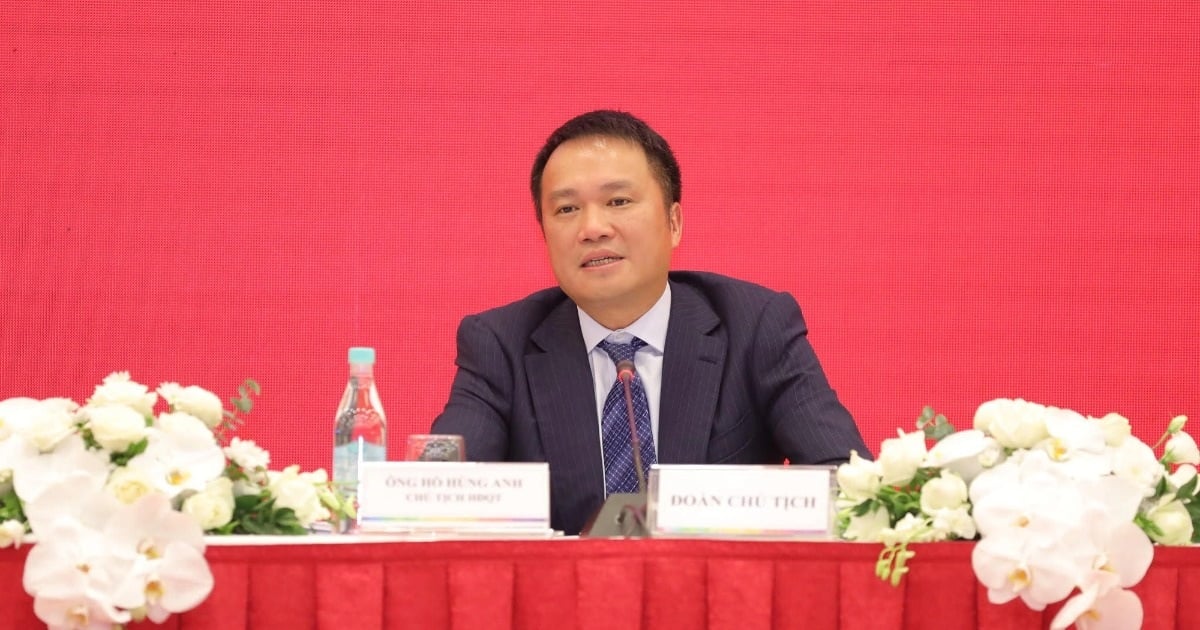

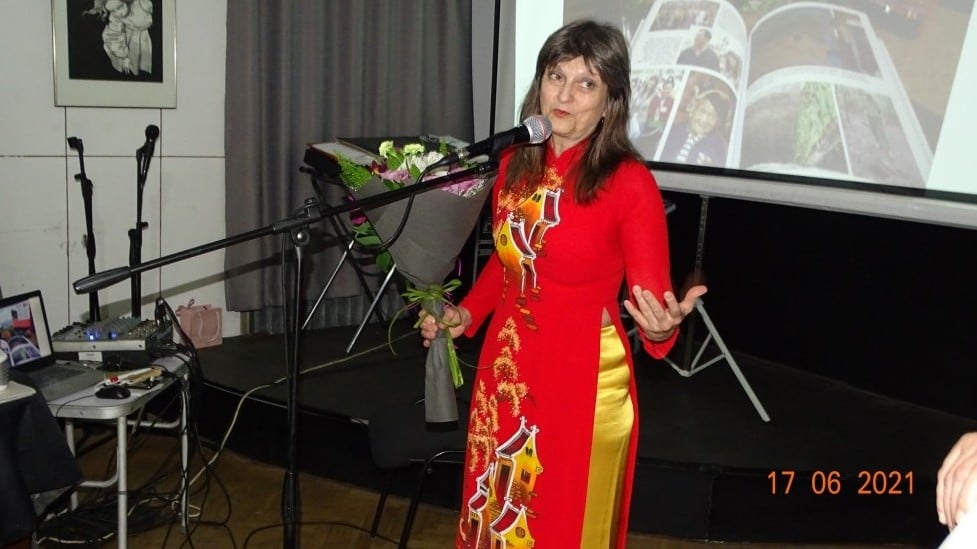









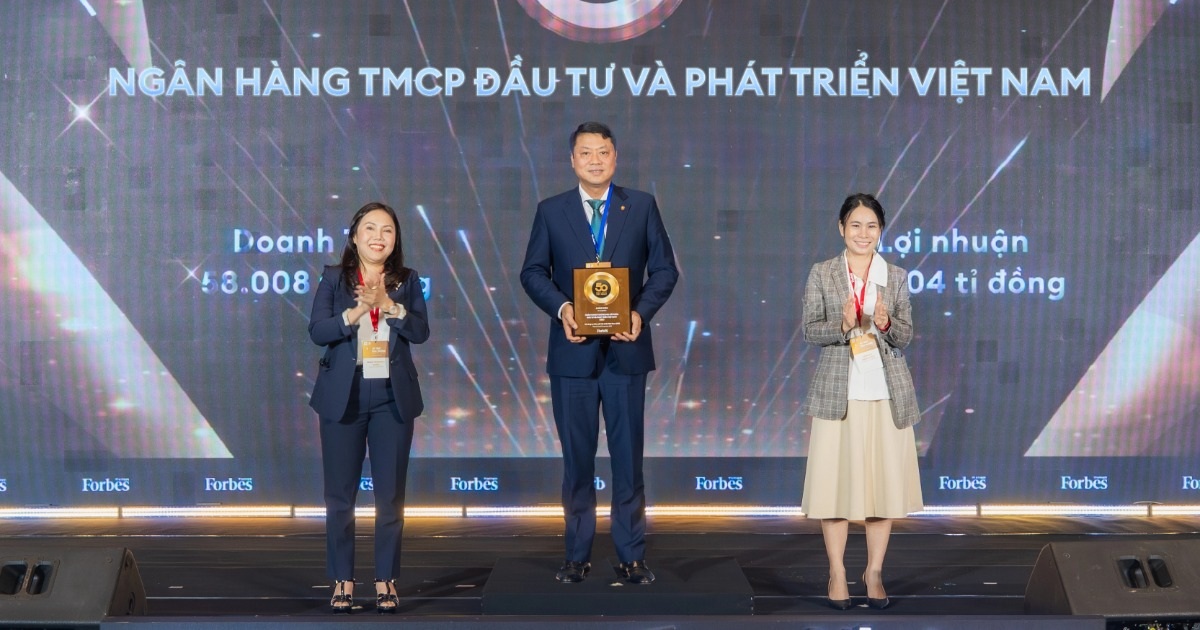




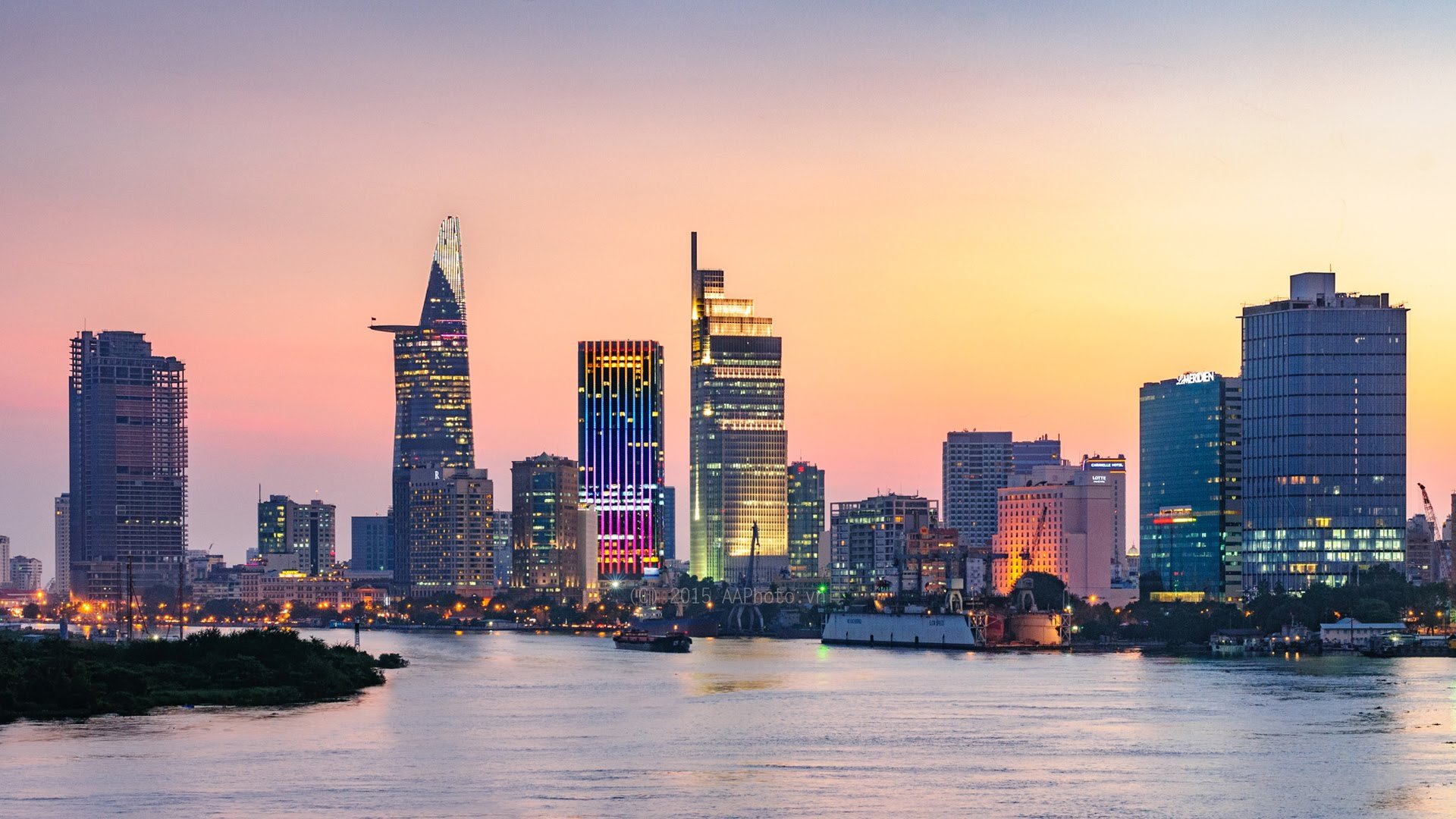




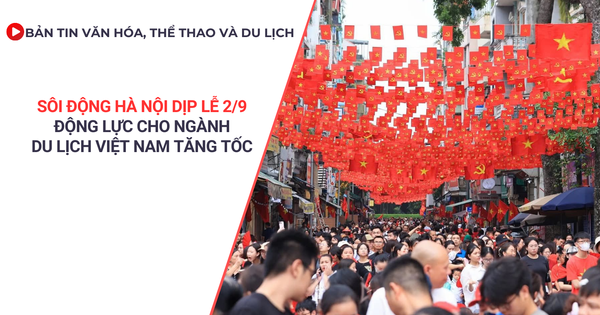

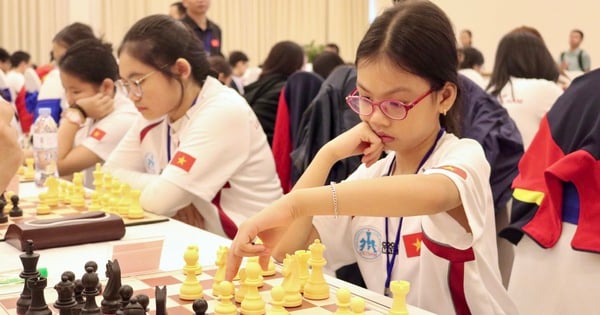
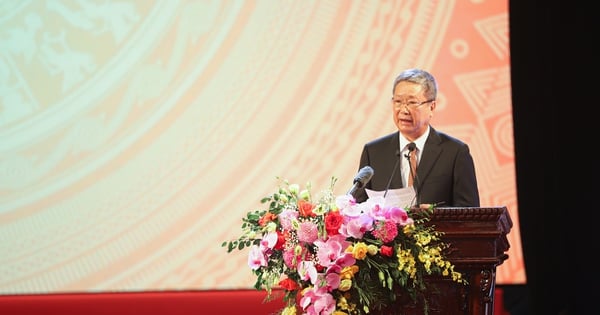


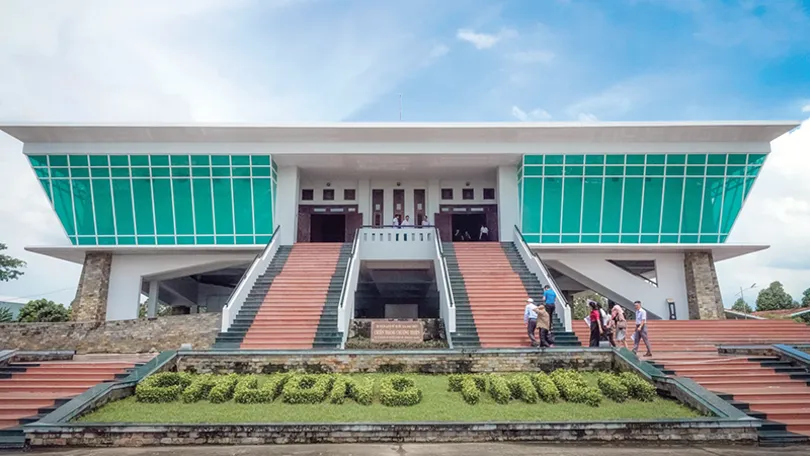

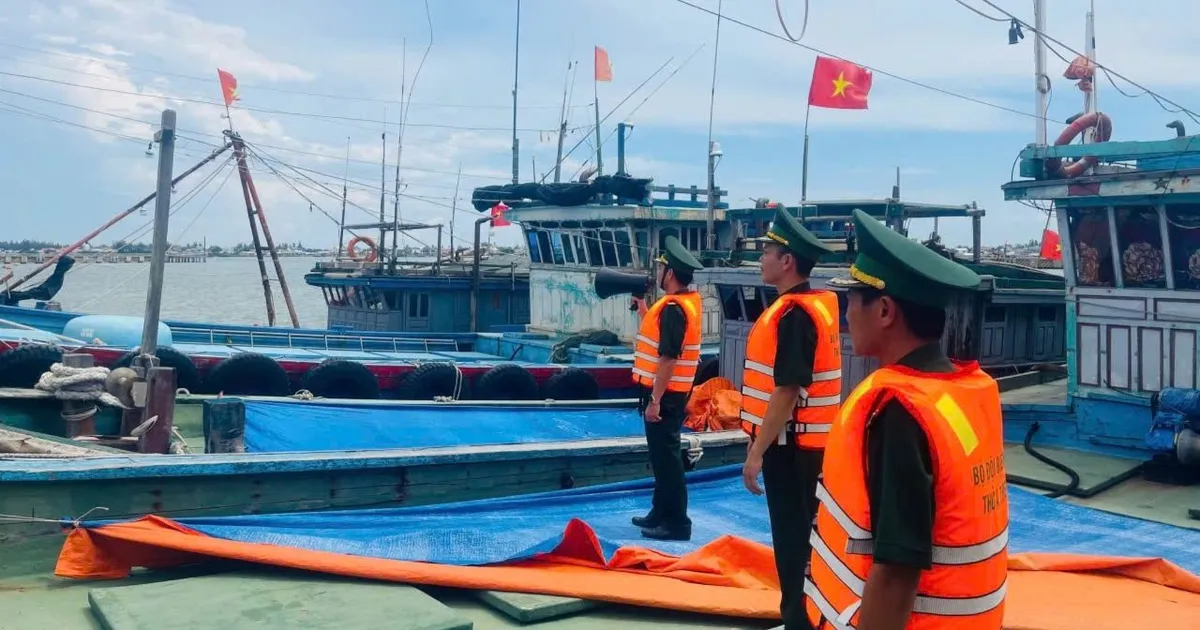

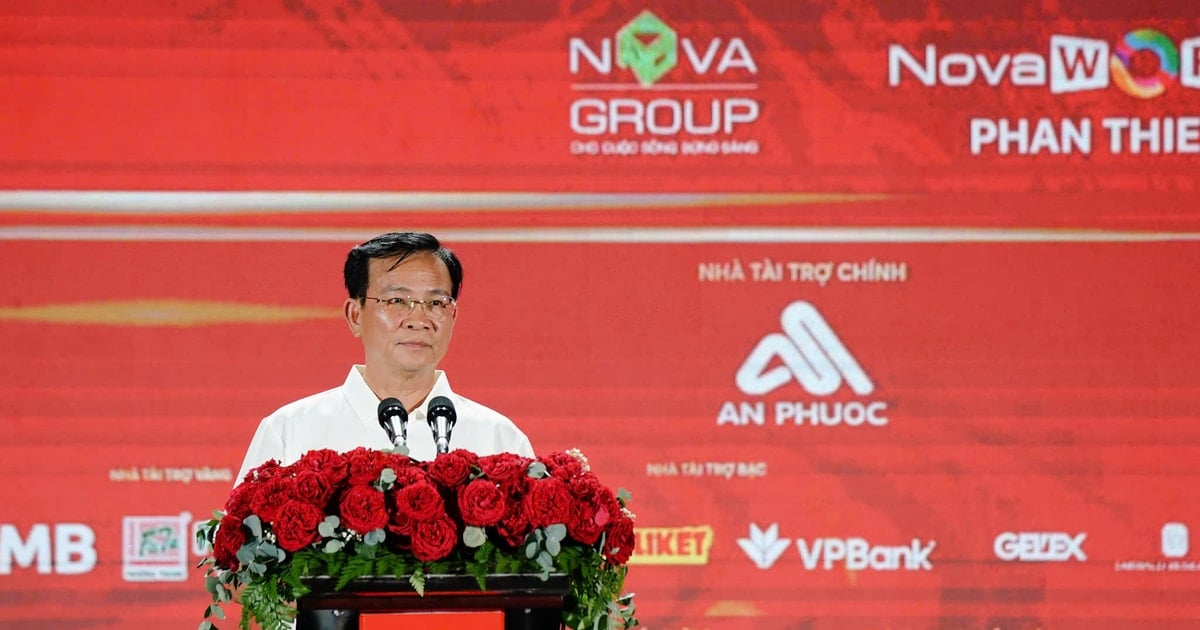

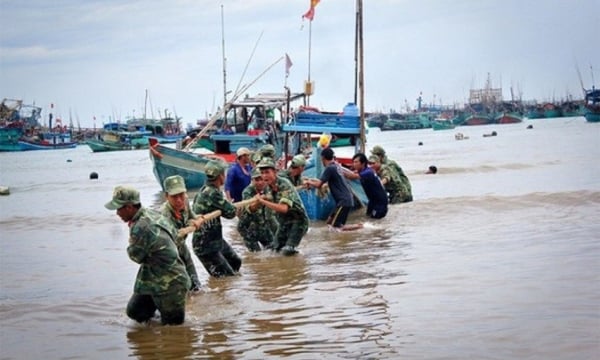

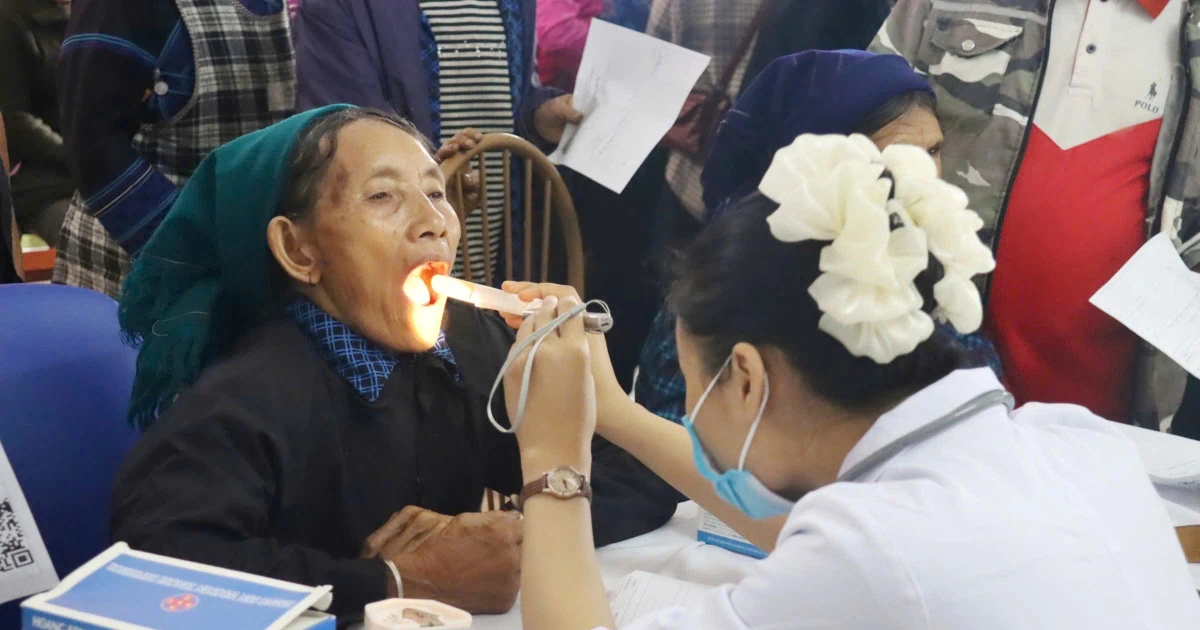

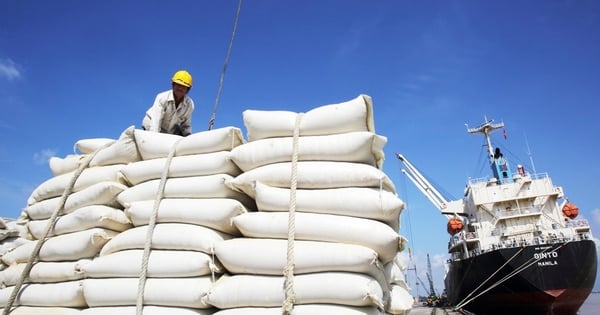
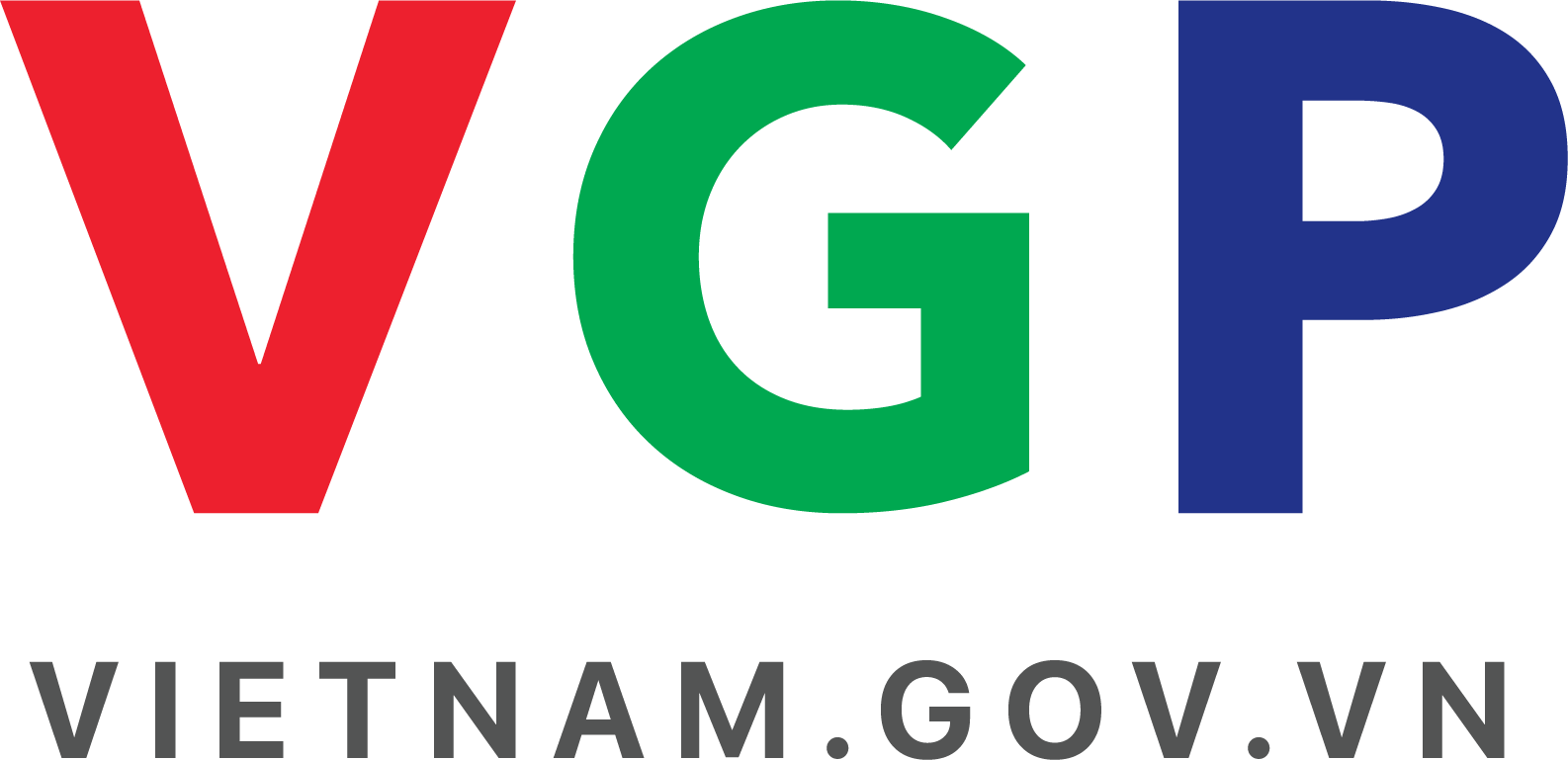
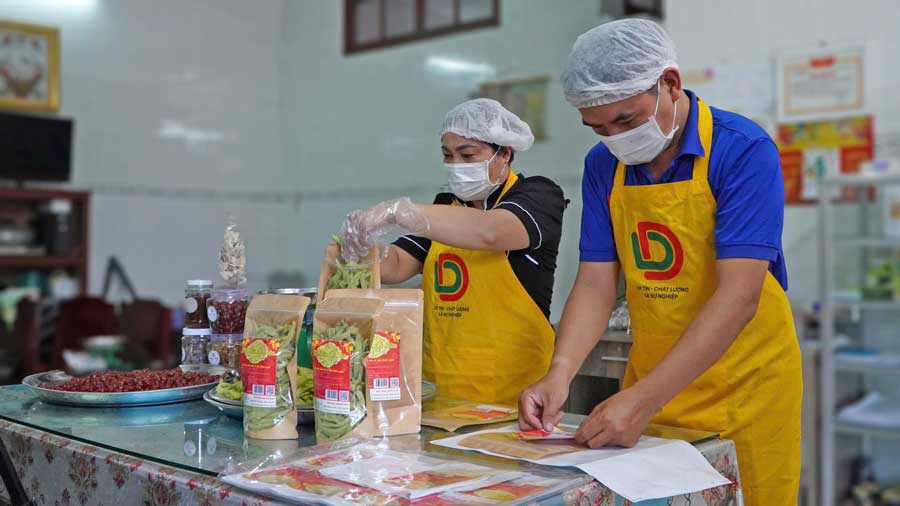

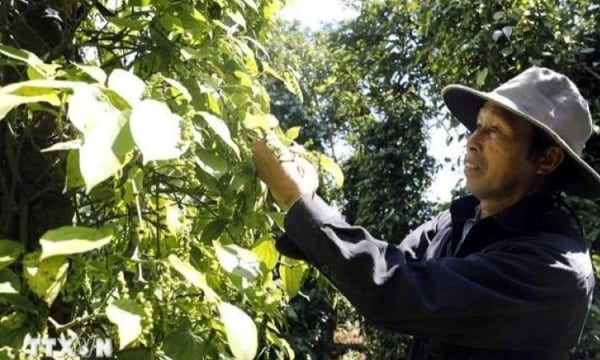


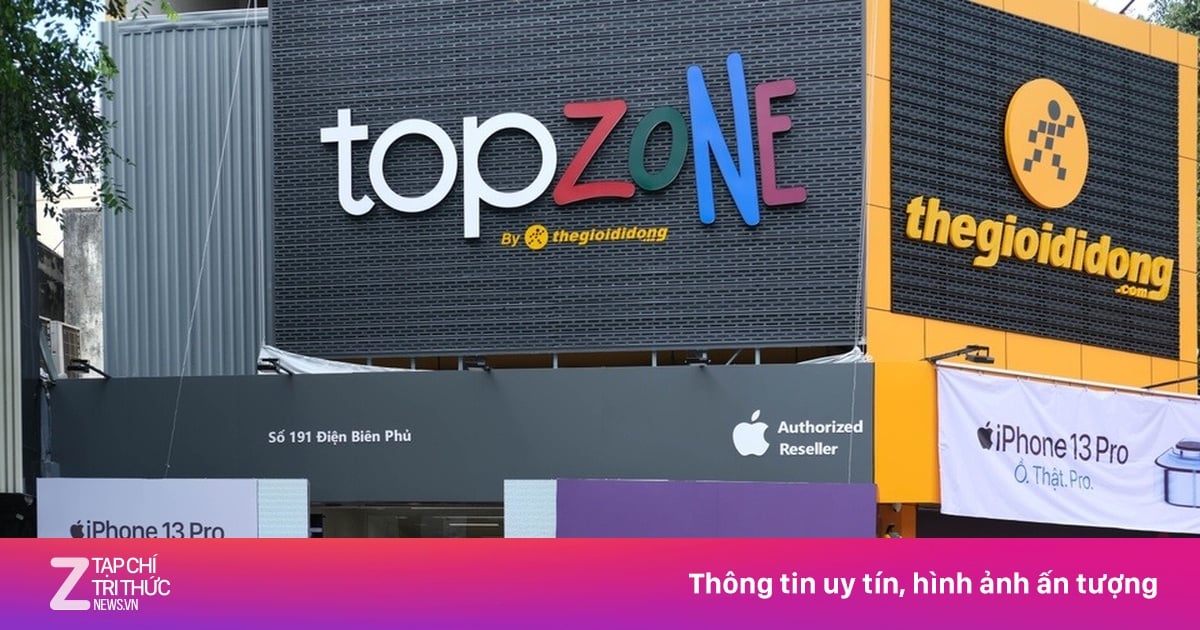






Comment (0)